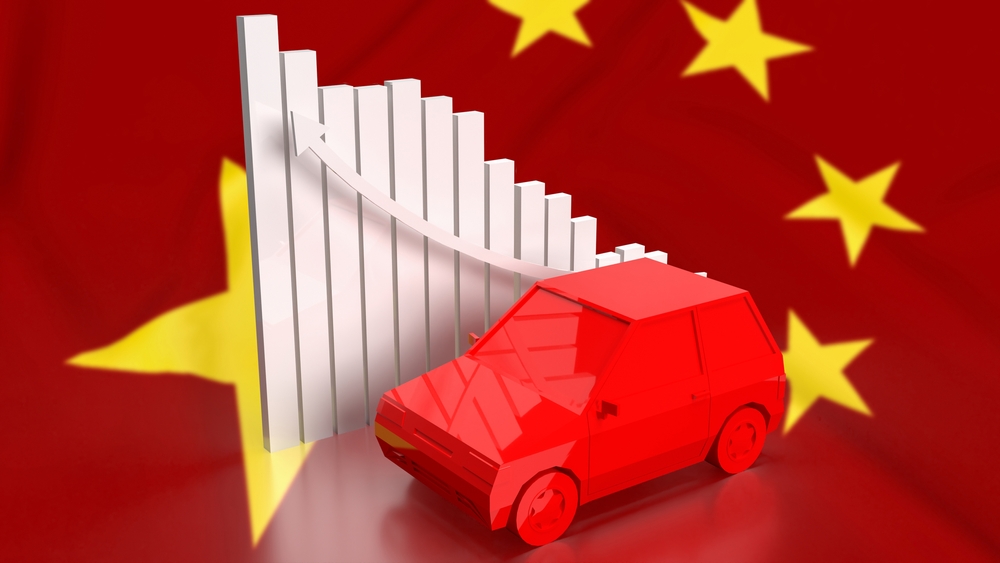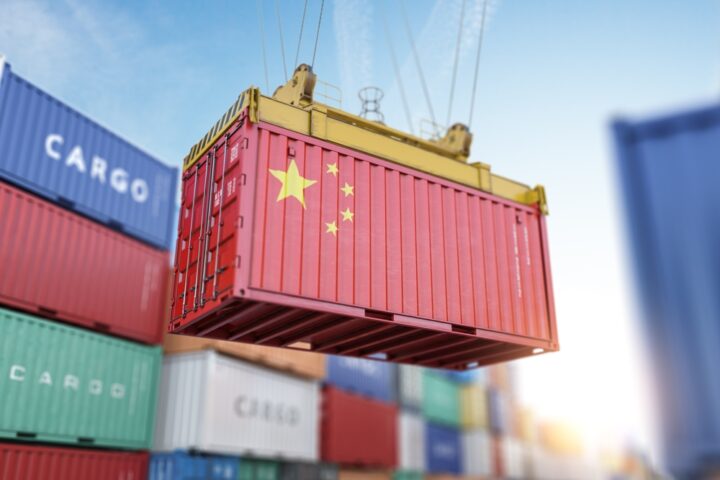Retail sales of passenger vehicles in China fell 9% year-over-year in January 2025, totaling 1.853 million units, down from 2.035 million in the same month last year, according to preliminary data from the China Passenger Car Association (CPCA).
Lunar New Year Holiday Impacts Sales
The drop in sales was largely attributed to fewer working days in January, as the Lunar New Year holiday falls in February this year, unlike in 2024. The decline follows four consecutive months of growth at the end of last year, driven by aggressive government incentives, the introduction of new models, and heavy promotional campaigns by automakers and dealerships.
Government Subsidies Extended
In an effort to boost demand, the Chinese government doubled its one-off subsidy to CNY 20,000 ($2,800) in July 2024 for consumers trading in older internal combustion engine (ICE) vehicles for qualifying new cars. These subsidies have been extended through the end of 2025, ensuring continued incentives for vehicle purchases.
China’s Economy Shows Signs of Recovery
Despite the dip in car sales, China’s economic growth accelerated to 5.4% year-over-year in the fourth quarter of 2024, up from 4.6% in the previous quarter. The growth was fueled by stronger domestic consumption and a surge in exports as manufacturers rushed to ship products to the U.S. ahead of the anticipated tariff increases under newly elected President Donald Trump.
NEV Sales Continue to Climb
While overall sales declined, new energy vehicles (NEVs) saw a 17% increase, reaching 786,000 units in January. NEVs now make up 42% of total passenger vehicle retail sales in China, highlighting the growing shift toward electric and hybrid vehicles.
Despite the January sales decline, China’s passenger vehicle market remains strong, supported by government incentives and a resilient economy. The continued rise of NEVs underscores the country’s push toward green energy adoption, even as global trade uncertainties loom.







